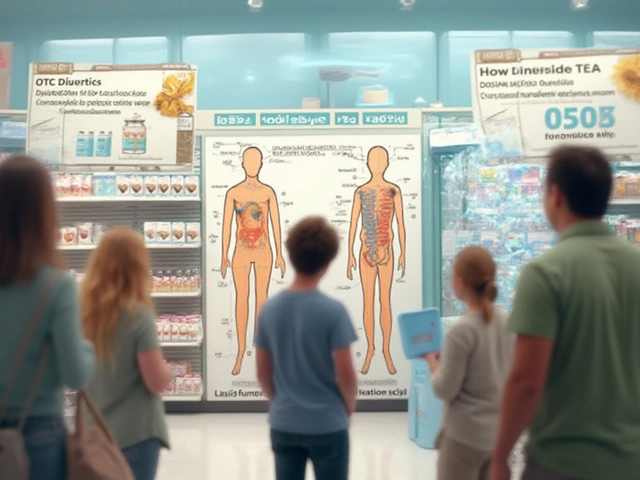Urinary Retention: Quick Guide to Causes, Symptoms, and Help
Urinary retention means you can’t empty your bladder fully or at all. It can be sudden and painful (acute) or slow and subtle (chronic). If you've ever felt a full bladder but couldn’t start or finish peeing, this guide will help you spot causes, know when to get help, and understand common tests and treatments.
Causes & Risk Factors
The most common cause in men is an enlarged prostate (BPH). Other causes include urinary tract obstruction (stones, strictures), certain medications (anticholinergics, some antihistamines, tricyclic antidepressants, opioids, decongestants), nerve problems (diabetes, multiple sclerosis, spinal injury), and pelvic surgery. Women can get retention from pelvic organ prolapse, severe constipation, or after surgery. Age, recent surgery, and some chronic health issues raise the risk.
Signs to Watch For
You may have trouble starting to urinate, a weak stream, dribbling, or needing to strain. Some people leak small amounts while still feeling full. Chronic retention can cause frequent trips to the bathroom, infections, or kidney damage over time. Acute retention usually causes sudden pain, a swollen lower belly, and a complete inability to pass urine. That’s an emergency.
How doctors check it: expect a quick exam and a bladder scan or ultrasound to measure how much urine is left after you go (post‑void residual). Urinalysis checks for infection. Blood tests look at kidney function. Sometimes a urinary flow test or cystoscopy is used to find narrowing or obstruction.
Treatment depends on the cause and urgency. If you can’t urinate at all, you’ll usually get a catheter placed to relieve the bladder. For BPH, common medicines include alpha-blockers like tamsulosin to relax the prostate and bladder neck, and 5-alpha-reductase inhibitors (finasteride, dutasteride) to shrink the prostate over months. If a medication is the cause, stopping or switching drugs often fixes the problem. In some cases surgery (like TURP for prostate enlargement or repair of pelvic prolapse) is needed.
Chronic retention may be managed with intermittent self-catheterization, regular bladder emptying schedules, pelvic floor therapy, and treating underlying neurologic issues. If infection is present, antibiotics are used.
Practical tips: avoid over‑the‑counter decongestants and strong antihistamines if you’re prone to retention, drink sensible amounts of fluid, and try double voiding (urinate, wait a few minutes, try again). Keep a list of current medicines and share it with your clinician.
When to get help: sudden inability to urinate, severe lower abdominal pain, fever, or bloody urine need urgent care. For slow changes—worsening dribbling, frequent infections, or rising creatinine—make a prompt appointment with your primary care doctor or urologist.
Recovery time and follow-up vary. After a catheter or surgery you'll have instructions on hygiene and follow‑up scans to check bladder emptying. Many people learn intermittent self-catheterization and keep living normally; wearing a temporary catheter needs care to prevent infection. If sexual function changes or you notice swelling, talk to your doctor—some treatments can affect ejaculation or libido. Surgery is considered when medicines fail, when retention recurs, or when kidneys are affected. Bringing a medication list and notes about symptoms makes clinic visits faster and safer.
Don’t ignore urinary changes.




